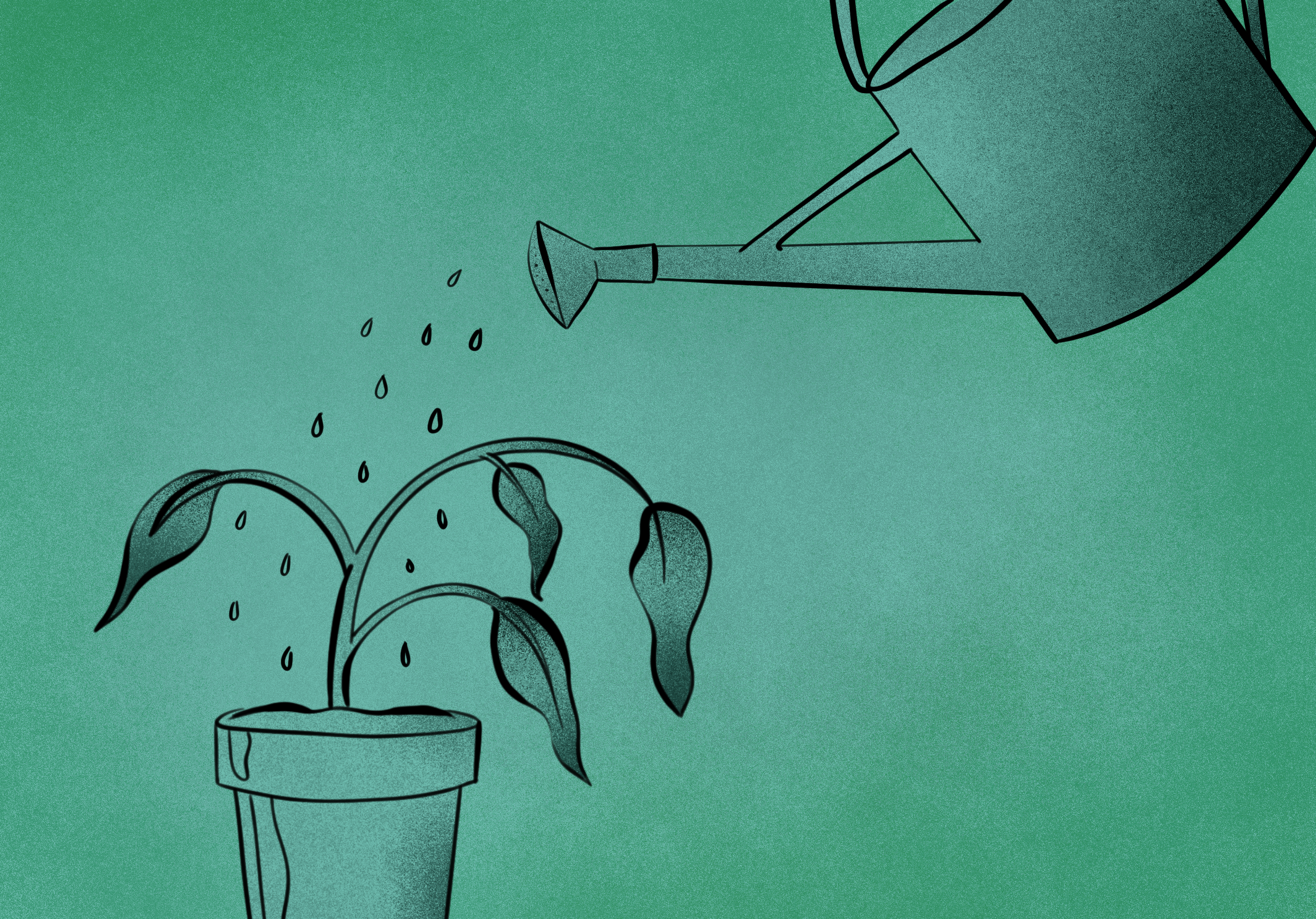A short guide for amateur plant enthusiasts
It’s always the same scenario: you wake up with an abnormal determination to reconnect with nature, or perhaps you’ve built up some motivation after hearing your friends getting excited by their new leafy friends — whatever it is, you decide that it’s finally time to bring home a few plants to take care of.
You read up countless mom blogs telling you how to care for your plants, scroll through “Top 20” lists telling you what fertilizer brands to get and avoid and the different types of soils you must get. After a trip to the store, where you get a couple of cute, small succulents, you set them up on your windowsill… Only to see them grow browner and sadder every week.
Having a collection of plants has become a really popular hobby recently. This isn’t so surprising, considering the many benefits of adding greenery to your home or work space, on top of the desire to bring the outdoors inside while we wait for this pandemic to allow us to leave our houses again.
But for those who have not been blessed with a green thumb, buying a new plant is more complicated than just going to the store, finding a nice looking one, and reading off the small care tag stuck in the soil. As a recovering serial plant killer myself, I thought I’d share some tips to help you one day build your own indoor forest.
Start small. Get one plant that you’ll be focusing your attention on for a little while until you’re certain you have the time and energy to dedicate to your plant friends. Remember, plants are alive, and although you can always go back to the store to buy more, you can save yourself the heartbreak, trouble, money, and negative environmental impact by testing out your ability to care for them before going all out.
Dracaenas and snake plants are pretty safe bets if you don’t have much time to care for or water your plants. They’re both also quite versatile when it comes to the amount of light they can tolerate.
Be realistic. Just like we have to accept that we need to donate that shirt that hasn’t been worn in months but could be useful “at some point,” we can’t pick our plants based on the level of devotion we think we could give it. In other words, don’t pick your leafy friend if it means you’ll have to adapt to its lifestyle and care needs, or at least not while you’re just beginning. Take it from me, someone who has killed more than one cactus thinking less water meant less maintenance, and then went on to forget to water them altogether.
If you’re the opposite and you tend to give your plants a little too much love, try going for a Chinese evergreen or a Boston fern — they won’t turn yellow when overwatered.
Assess your space. Be wary of where you place your pots. Don’t place a low-water plant in the bathroom, where it will be at the mercy of an overly humid and steamy environment. And if you’re not sure where to put that plant that needs “medium light,” you can do a shade test: wait until noon, when the sun is brightest, and stand around in your house. The more well-defined your shadow, the brighter the light in that area.
With time, you’ll find yourself looking into more advanced (and daunting) aspects of plant-owning, like soil drainage and water acidity. You’ll get there eventually, but just focus on keeping them alive for now.
Feature graphic by @the.beta.lab
